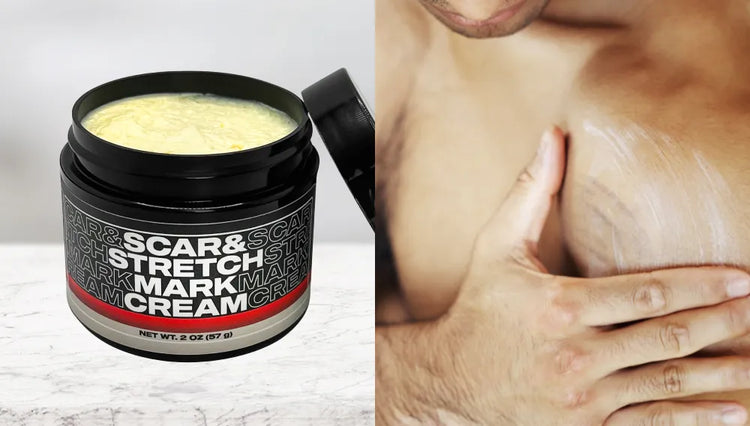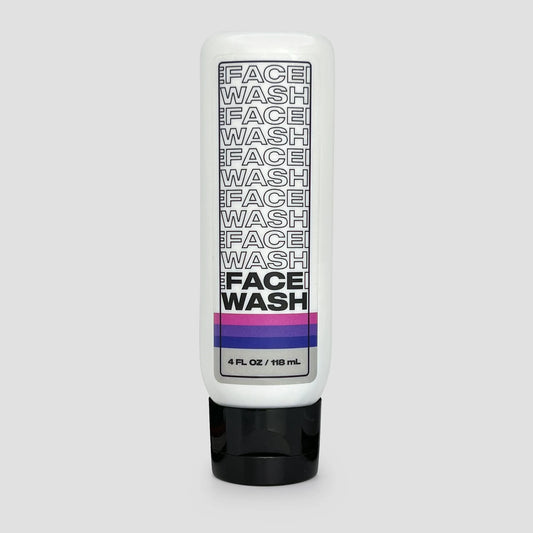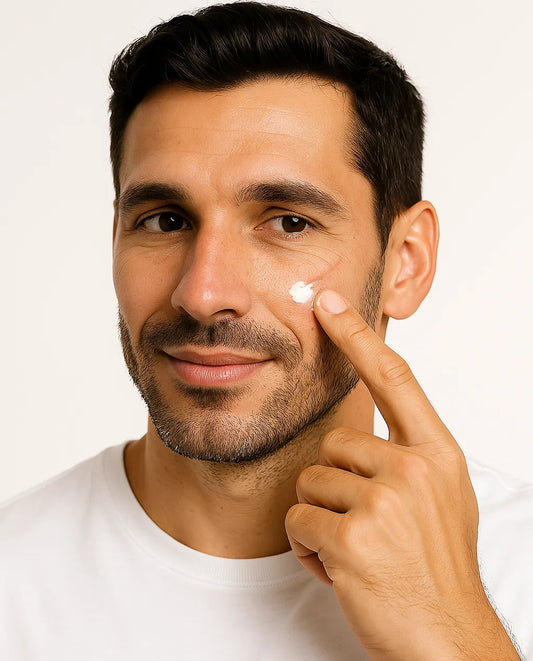

Ever wondered why you see fighters gorging on a feast one week, only to drastically cut down their meals the next? Why does a heavyweight suddenly morph into a welterweight? Welcome to the enigma of weight cutting in combat sports.
Weight cutting is as integral to fight culture as heavy punches and swift movements. Whether you’re a fan of MMA, boxing, or professional wrestling, you’ve undoubtedly noticed this unique phenomenon. But what exactly is weight cutting, and why is it so pervasive in combat sports? We're here to break it down for you.
Through this post, we aim to delve into weight cutting's origins, practice, benefits, and associated risks. You'll gain a deeper understanding of why fighters cut weight, how they do it, and the effects this process has on their bodies and performances. This knowledge will broaden your perception of combat sports and the extremes athletes go to for glory in the ring.
What is Weight Cutting and Why is it Practiced in Fighting?
Weight cutting is an intense practice of quickly losing weight before a fight, only to gain it back just before stepping into the ring. This rapid fluctuation is achieved through severe dehydration, use of diuretics, and strict diet control. Fighters use this technique to gain a competitive edge, enabling them to fight in a lower weight category while recovering their strength and size for the actual fight. It’s more about strategy than health, more about winning than well-being.
How Do Fighters Cut Weight Safely?
Though weight cutting can be dangerous if not properly monitored, fighters often collaborate with nutritionists and professional health coaches to reduce risks. They adhere to precise diet plans, gradually reducing calorie intake to shed fat while maintaining muscle mass.
How to Cut Weight Efficiently and Safely: A Guide for Fighters
Weight cutting cannot be done haphazardly. It needs to be meticulously guided, based on the fighter's body composition, lifestyle, and fitness goals.
1. Start with a Diet Plan
Begin your weight cutting journey with a tailored diet plan. Weight cutting is about losing fat, not muscle, so focus on a high-protein, low-fat diet that nurtures your body while aiding weight losses. Consulting a nutritionist or dietitian can provide an accurate plan suited to your requirements.
2. Gradual Calorie Intake Reduction
Rapidly slashing calories can lead to severe health issues, including muscle loss. Instead, gradually reduce your daily calorie intake, giving your body time to adjust. Incorporate nutrient-dense, low-calorie foods into your diet to keep your stomach full and cravings at bay.
3. Ensure Adequate Hydration
Maintaining proper hydration is crucial when cutting weight. As ironic as it sounds, drinking more water can actually assist in losing water weight as it helps your body maintain its fluid balance, reducing water retention.
4. Prioritize Fitness
Aside from diet, adequate physical training is essential. Incorporating both cardio for calorie burning and strength training to maintain muscle mass can help to maximize weight loss and fitness levels.
5. Listen to Your Body
If you experience severe fatigue, dizziness, or other adverse effects during the process, stop immediately and consult medical professionals. Health is always more important than the scale.
Is Cutting Weight Healthy?
There are significant risks associated with drastic weight cutting. Severe dehydration, decreased reaction times, mental fog, hormone imbalances, kidney damage – the list goes on. The practice, though widespread, is controversial, with many expressing concerns over fighters' health and longevity.
Alternatives to Traditional Weight Cutting
As awareness spreads about the potential risks of drastic weight cutting, many fighters turn to safer, healthier alternatives like long-term weight management, proper hydration habits, and nutrient-dense meals.
Empower Your Journey with Knowledge
Understanding weight cutting gives you an entirely new perspective on the sport and the dedication and drive fighters display. Remember, when it comes to weight management, your health should always be the top priority.
Things to Keep in Mind about Weight Cutting
- Diet should comprise high-quality, nutrient-rich foods, even when reducing calories.
- Stay hydrated at all times.
- Immediate health concerns should always trump weight loss goals.
- Always consult with a professional when considering any drastic weight change plan.
Now that you're armed with a firm understanding of why fighters cut weight, it’s your turn to make informed decisions. Think long-term, prioritize health, and foster a positive relationship with your body.










